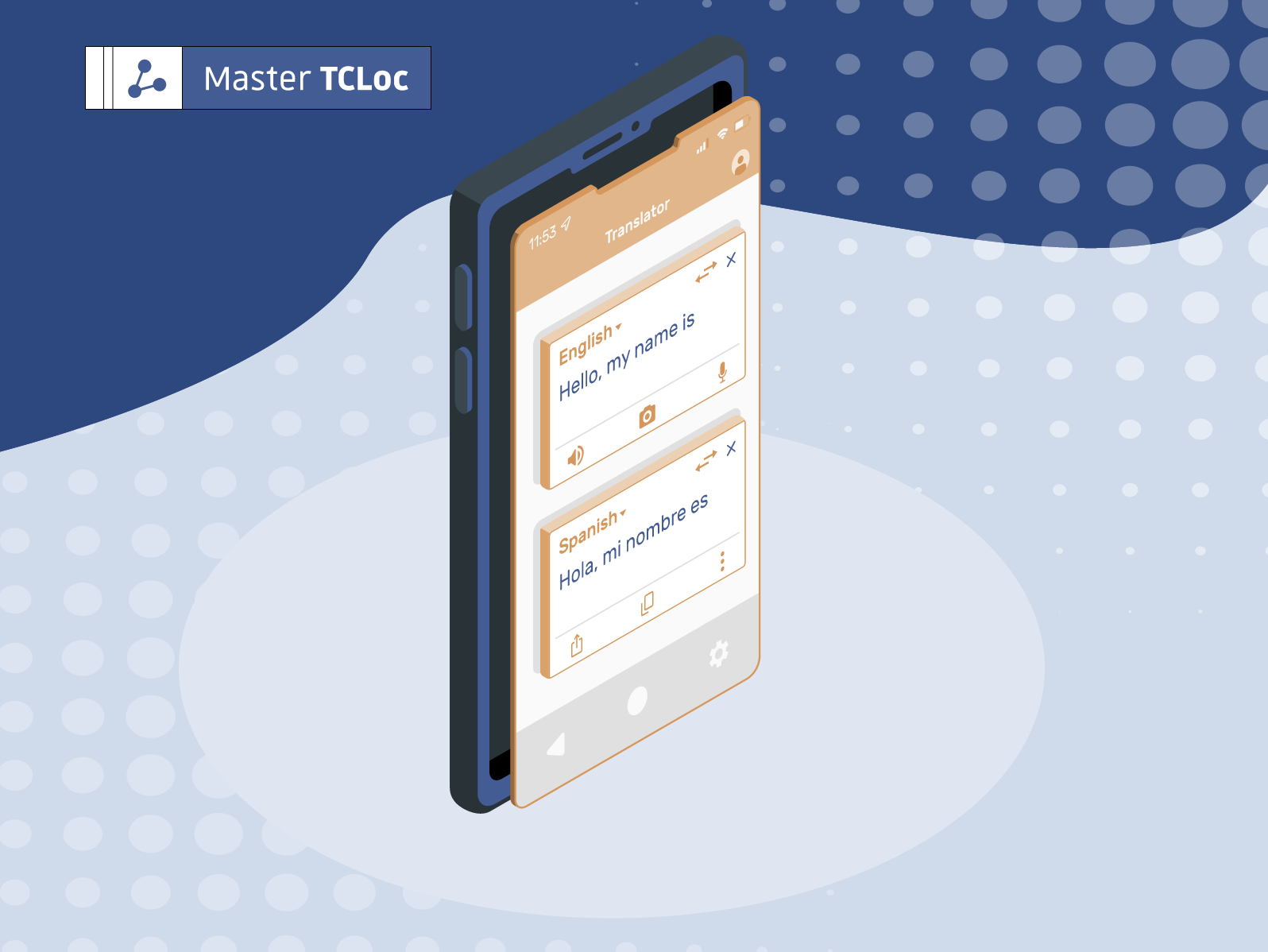In communicating effectively to your audience, the inclusion of graphs or imagery can be incredibly useful. Graphs and charts are often used in marketing collaterals, websites, technical documents and software which can take up various forms: real images, texture, line art, charts, schematic drawings and many more. Graphs can help with increased comprehension of your readers, replace difficult textual descriptions and serve as an alternative by means of visual attributes.
Much like text, graphs can also be adapted to the target culture or market during the localization process. However, when used incorrectly, it can pose challenges such as increased localization project cost and time. In order to avoid such complexities, consider these optimization tips to help efficiently localize your graphical needs:
Editable Graphics
A colorful graphic with embedded text can be fancy and eye-catching, but can also be a translator’s worst nightmare! Un-editable graphs, with hard-coded text or wordings that are flattened into the image, leaves the localization company no option but to recreate the graphic in totality – which can easily hike up your localization costs. To prevent such occurrence, ensure your graphs are saved in an editable format and provided to the localization company in its source format (.psd or other layer-based format). This can save time that would be otherwise wasted on text extraction process and in turn save you some money.
Separation of graphics and text
Whenever possible, ensure that your texts are designed as a separate component from the graphics. This can be achieved through the use of text callouts or legends, instead of embedded within each graphic. The use of text callouts and legends also allows for other localization efficiencies such a flexibility for text expansion and ability to store the text in Translation Memories (TMs). These factors can save considerable cost in the localization process and reduce the billable hours you will receive from the translation company!
Organize your document
The inclusion of graphics can cause the document size to be big and cumbersome. Large files can lead to unnecessary processing time for the translator. To cut down on such issues, use a strategy to provide essential information about your graphs so the translator can easily identify them. You can provide a spreadsheet containing graphical information, an external location where the graphic is hosted, and texts in source language. This allows the translator to translate the text efficiently, and also leaves you the option to use the translated text in spreadsheet if there is a need to edit the graphics in the future. Additionally, hosting the graphic in an external file can substantially reduce document size.
Design with localization in mind
You should also consider cultural differences and variances when deciding on the design components. Factors such as the use of appropriate symbols, colors or human representation should be well thought-out. If your document is designed with localization and transcreation in mind, it can help prevent the need to re-create the graphic later in the process.
Outside of these tips outlined, there are many more strategies that can help you save time and cost during the localization process. To learn of more tips and localization hacks, feel free to contact me @ nursyazwani.sazali@gmail.com or read through information articles on https://mastertcloc.unistra.fr.
Thank you for reading, we hope you found this article insightful.
Want to learn more or even apply to the TCloc Master’s Program? Click HERE to visit the homepage.
Thanks from the TCloc web team.



